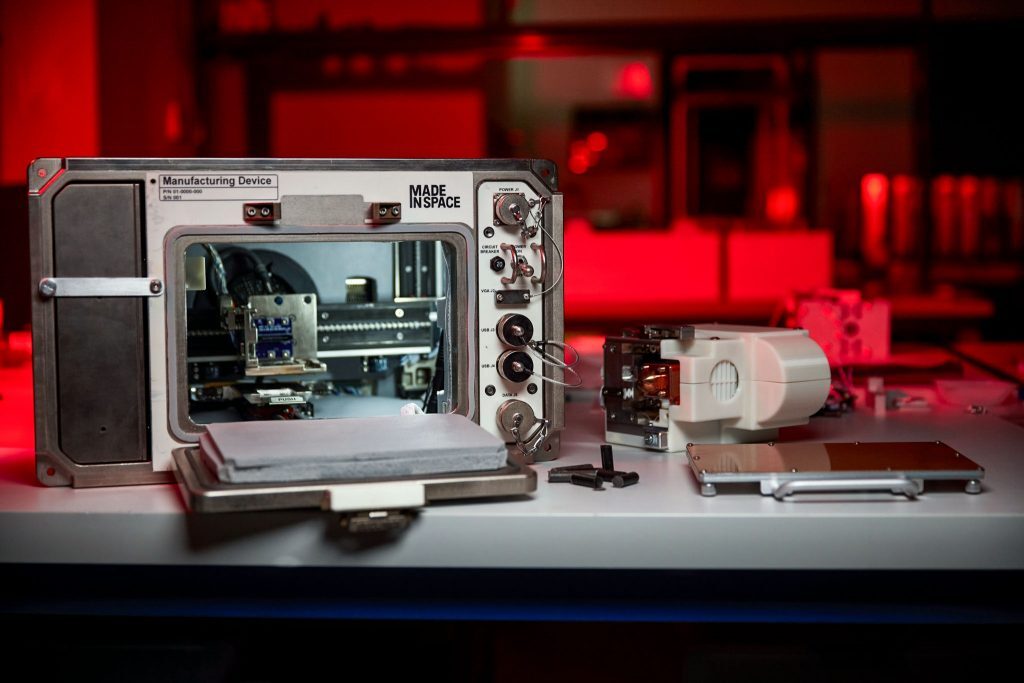Any plan for human colonisation of another celestial body includes the idea that we’ll use what we find there as construction material. A 3D printer, obviously, is our best chance at turning whatever we find on the surface of the moon or Mars into buildings. Why fly a bunch of bricks into space when we can just make ’em when we get there, after all.
American space agency NASA is investigating just how possible it would be to ship over a 3D printer to the moon with its upcoming Artemis missions by sending a regolith 3D printer (part of the Redwire Regolith Print project) to the International Space Station (ISS) for testing.
A what 3D printer?
Regolith, if you’re not a geologist in your spare time, is the name given to the material that covers a planet. Not soil, that implies something might easily grow. Regolith includes dust, small rocks, shells (if they’re available) — that sort of thing.
The Redwire printer sent to the ISS last week by a Northrup Grumman Cygnus resupply mission (which also included several other experiments) “…could help determine the feasibility of using regolith as the raw material and 3D printing as a technique for on-demand construction of habitats and other structures on future space exploration missions.”
But in order to do that, Redwire’s hardware will have to work with an existing space-based 3D printer to successfully print something on the ISS using simulated regolith. Because it’s not something you can just pop out to the shop to pick up. Ideally, the experiment will work because that means we don’t have to spend as much time and effort on shipping building materials and we can include more of the stuff that’ll keep lunar and Martian explorers alive for longer. It’ll also considerably cut down on the cost of manned space exploration.
Source: NASA via Universe Today




